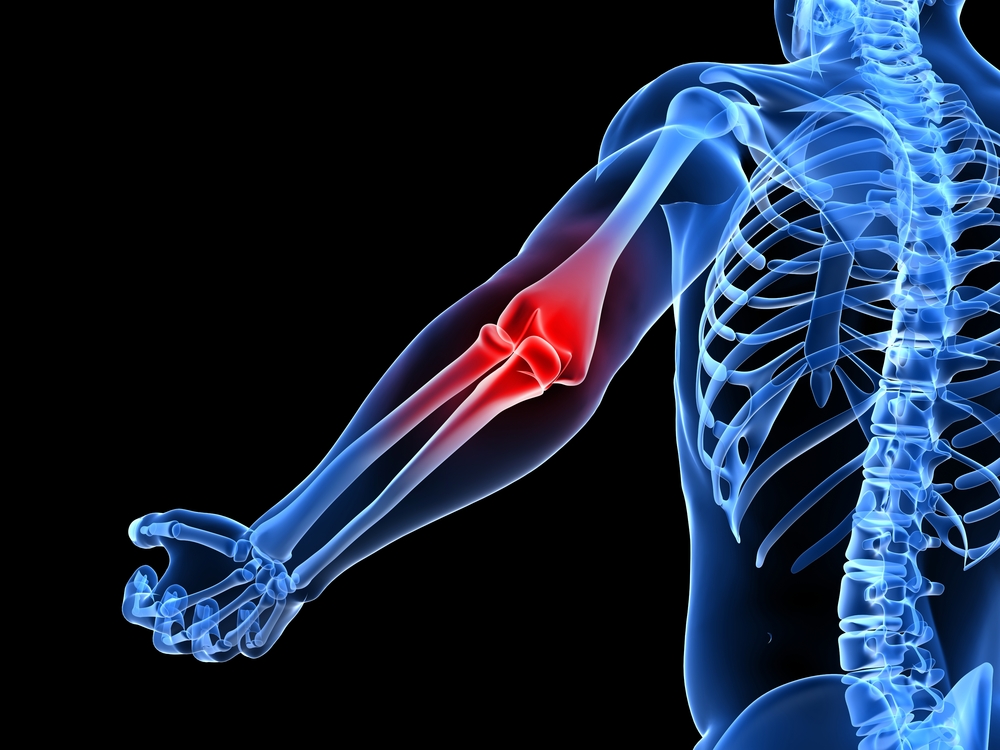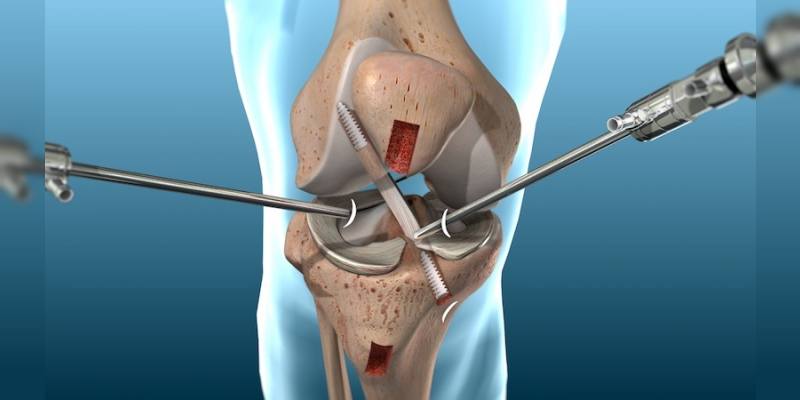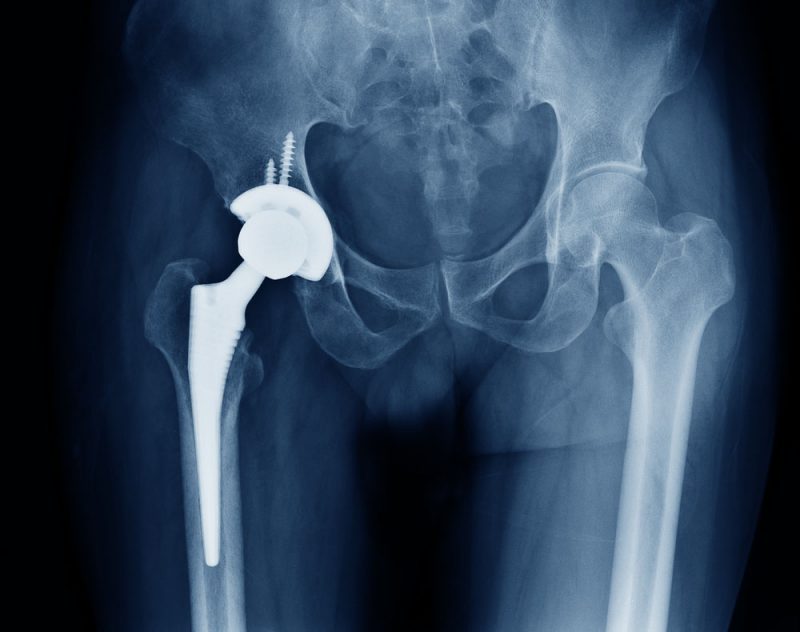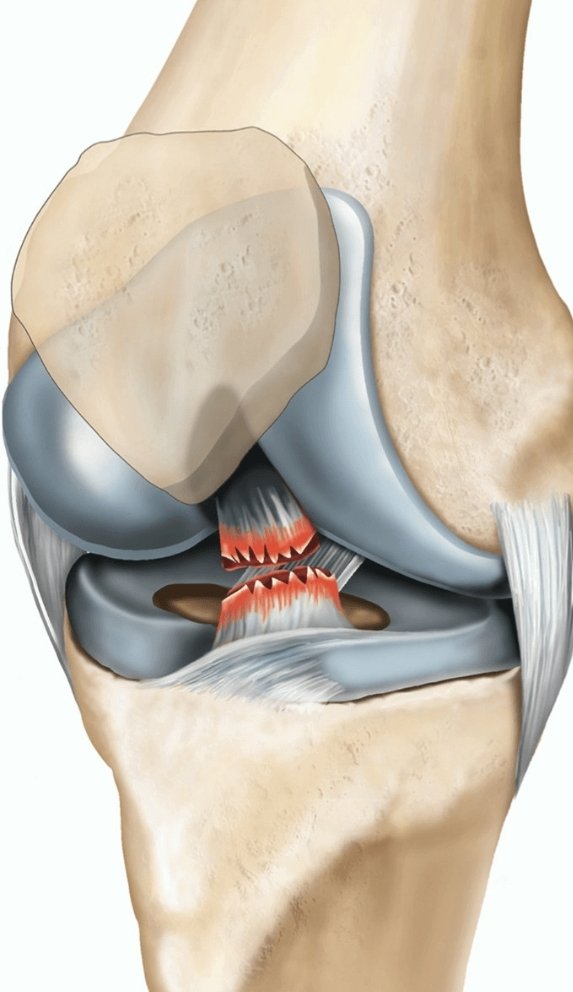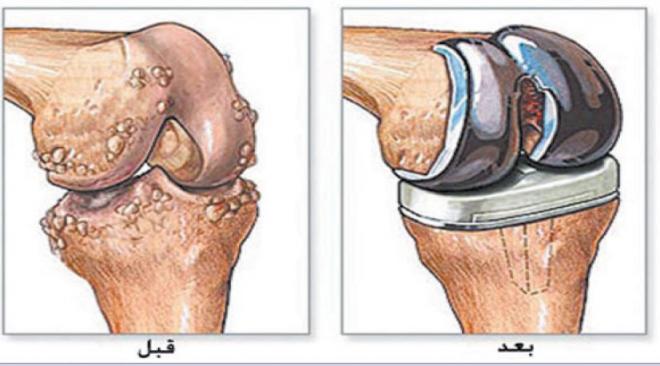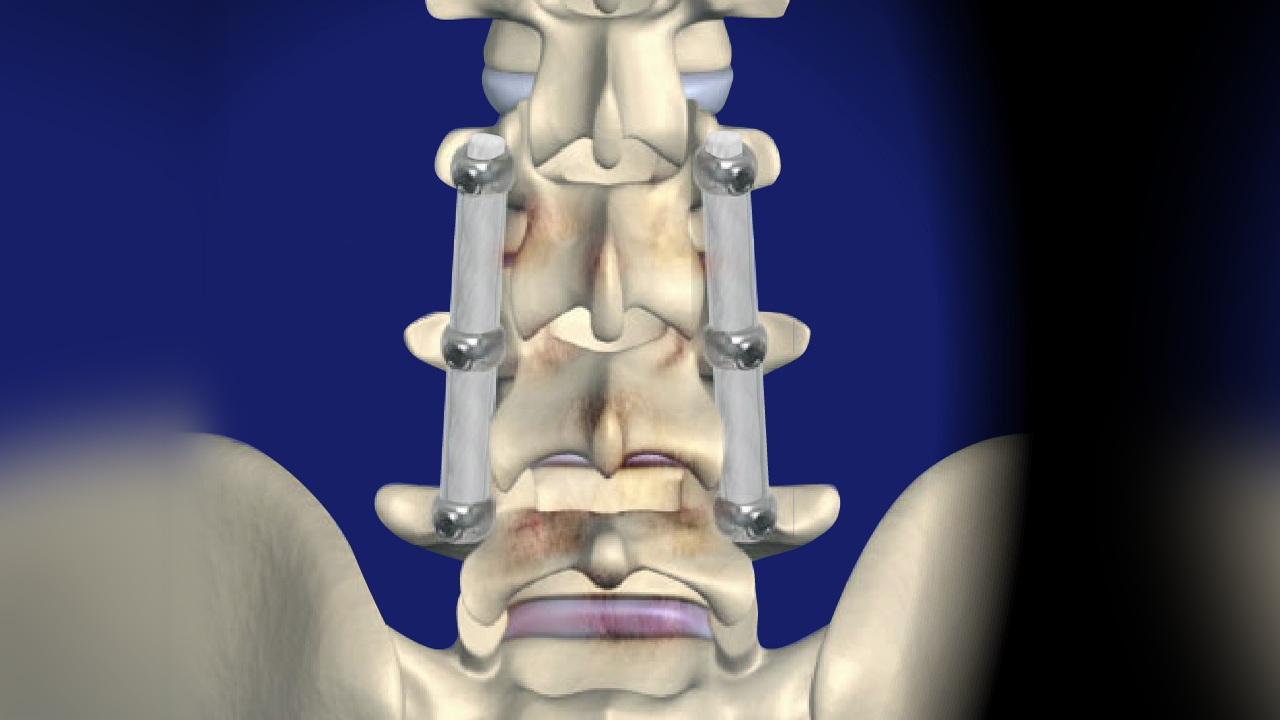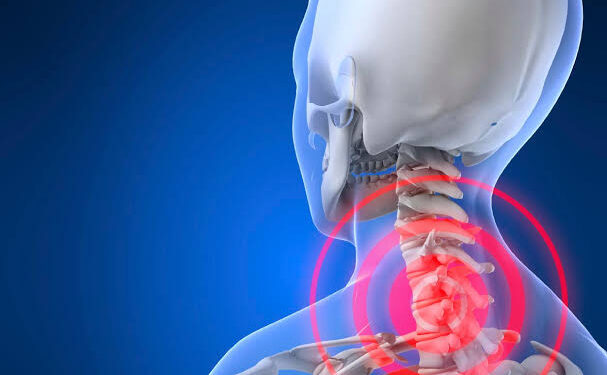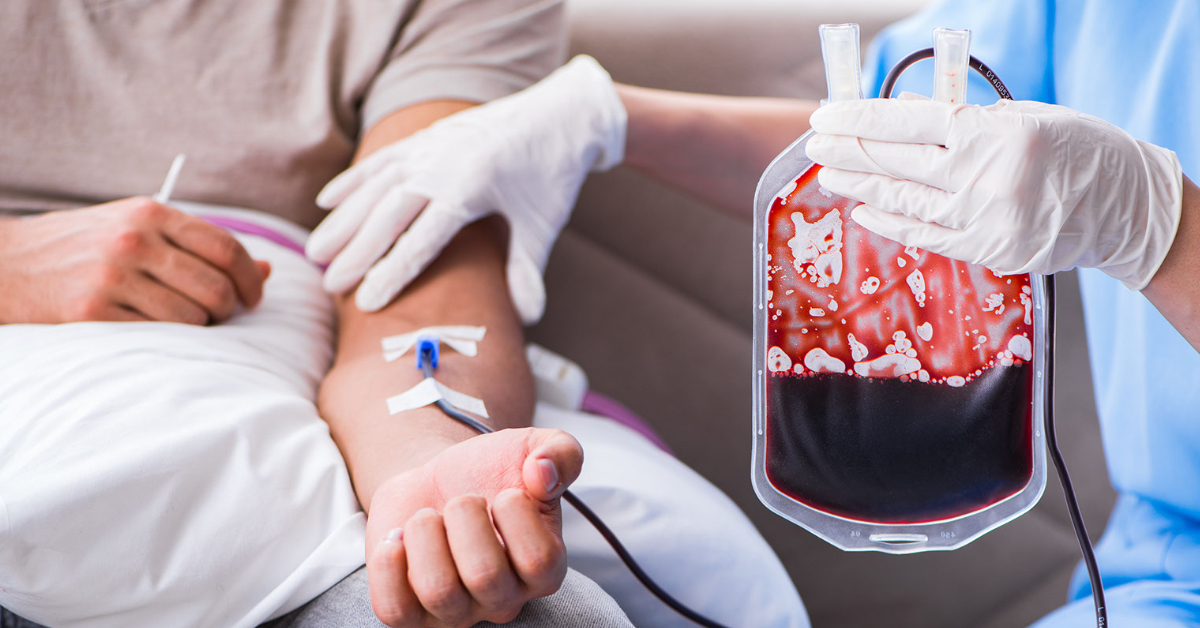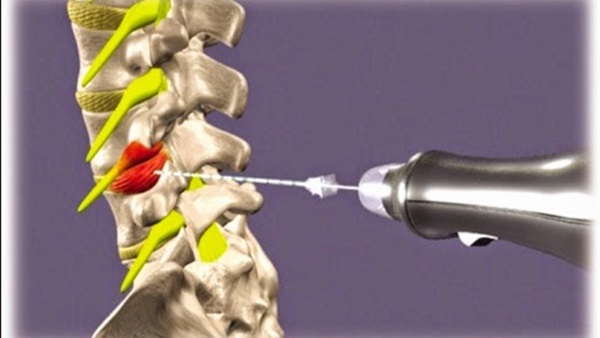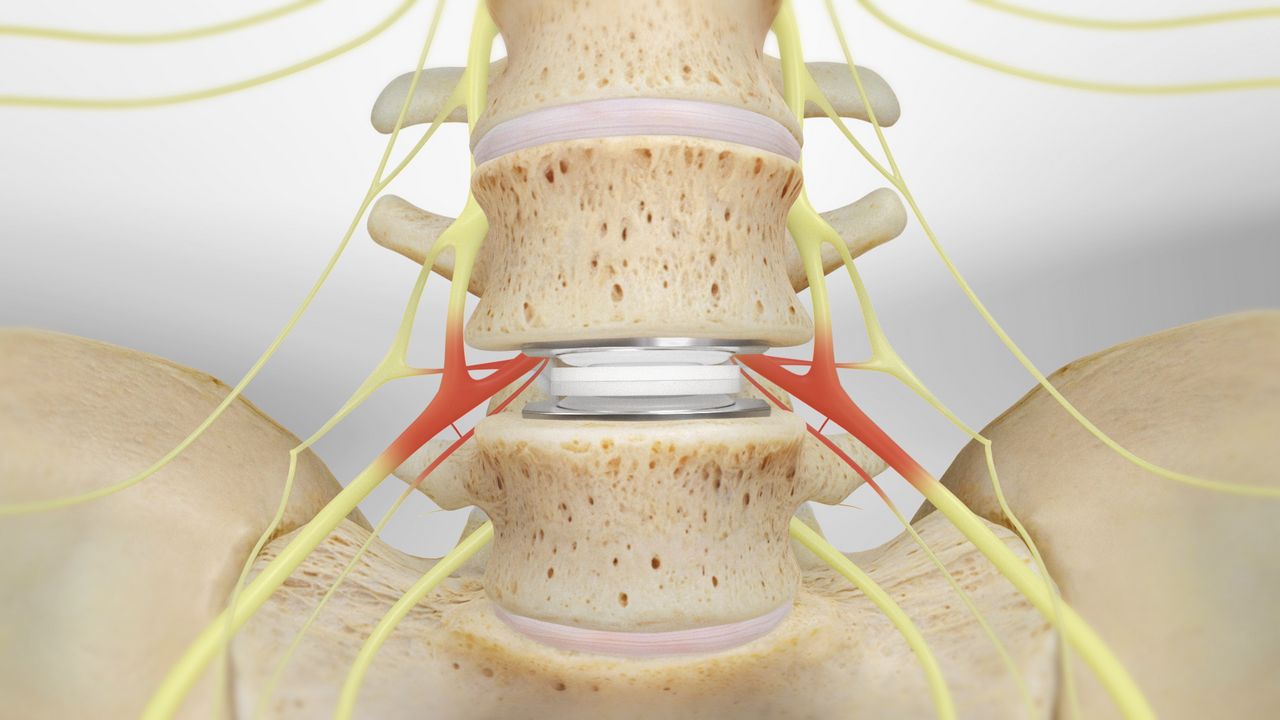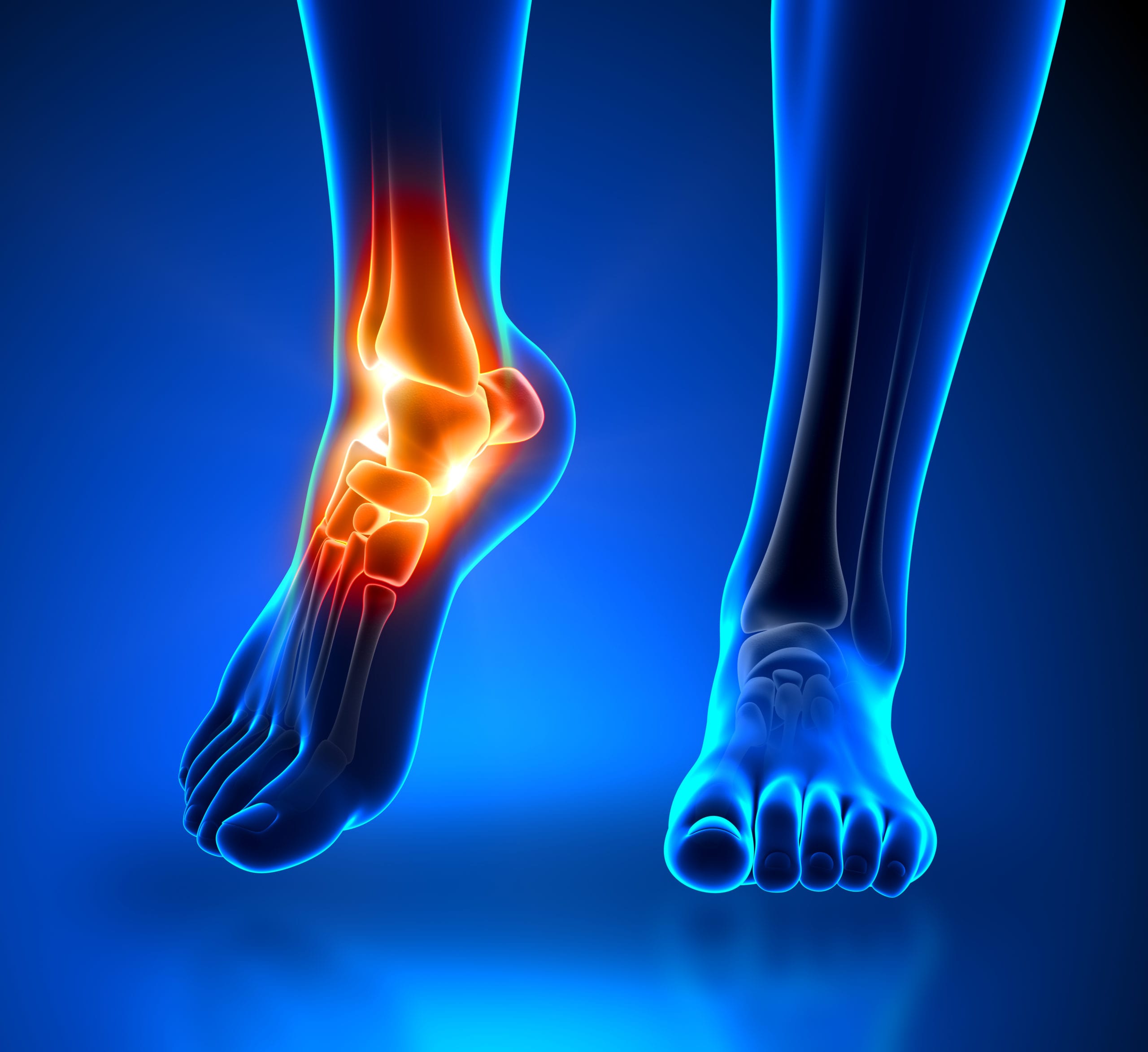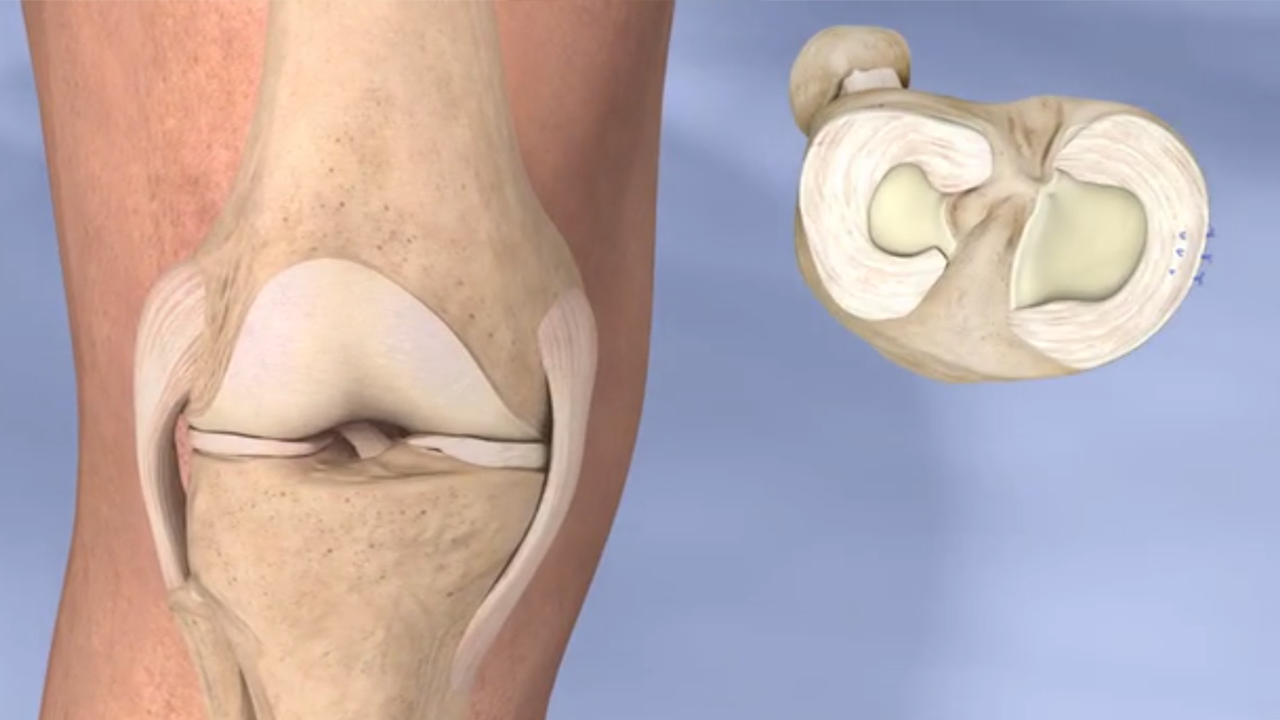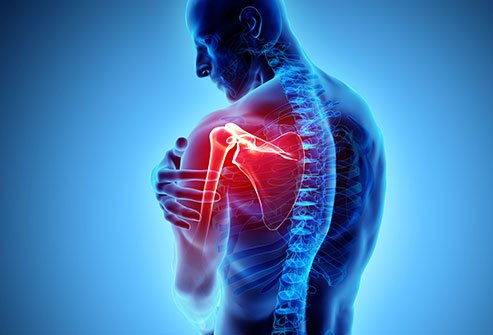What is the Difference Between Laser Surgery and Endoscopy?
What is the Difference Between Laser Surgery and Endoscopy? The use of modern medical techniques in surgical procedures has become more prevalent recently. In the following article, we will explore the difference between laser surgery and endoscopy, what is done during a laser procedure, and what diseases laser treatment addresses. Place your trust in Dr. Amr Amal and let him guide you through the journey of laser treatment for disc herniation to achieve the best results.
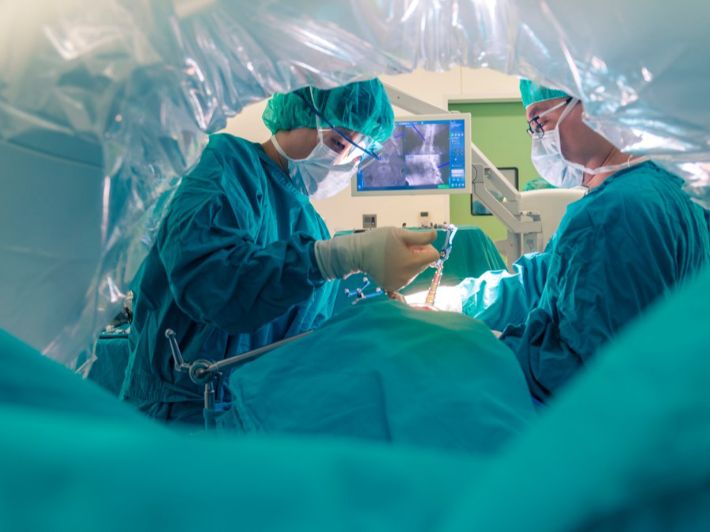
What is the Difference Between Laser Surgery and Endoscopy?
Laser surgery and endoscopy are types of minimally invasive surgical interventions, offering numerous benefits to the patient, including reduced risk of complications.
The difference between laser surgery and endoscopy lies in their application methods. Endoscopy requires making several incisions in the affected area to insert the endoscope and surgical tools. In contrast, laser surgery involves directly inserting a needle into the affected area and using laser beams to treat the medical issue.
Laser surgery and endoscopy can treat various bone and joint diseases, including disc herniation in the lumbar and cervical spine. These surgeries aim to treat the disc without posing significant risks to the patient and are generally more cost-effective than traditional surgical methods.
How is Endoscopy Performed with Laser?
Laser technology can enhance endoscopic procedures by directing the endoscope to the precise location of the injury, allowing for the necessary incisions and increasing the chances of a successful operation.
Laser Back Surgery
Laser back surgery is a medical procedure that helps treat disc herniation in the back, enabling the patient to return to normal activities and resume sports. Prepare for a life without limitations, full of strength and flexibility, with laser back surgery at Dr. Amr Amal’s clinics.
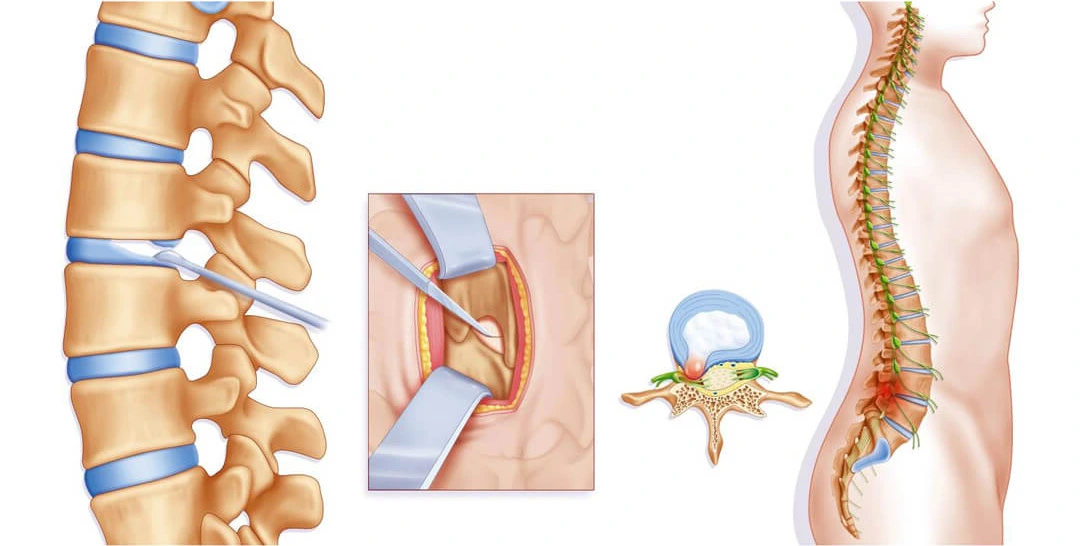
Disc Herniation
The spine consists of a complex structure of bones, cartilage, and surrounding muscles, all working together to provide movement freedom. Disc herniation occurs when the cartilage between the vertebrae moves out of its original position, which can happen due to various reasons such as lifting heavy objects, aging, or muscle weakness.
Disc herniation primarily causes pain and discomfort in movement or back bending. The herniated disc can also press on surrounding nerves, leading to additional symptoms such as leg numbness, muscle weakness, and bladder control issues. For more information on disc herniation and surgical procedures, we recommend reading the following article.
Types of Disc Herniation
There are several types of disc herniation in the back, classified according to the location of the herniation in the spinal vertebrae, as follows:
Cervical Disc Herniation: This type of disc occurs in one or more of the cervical vertebrae and is the most common type of herniation. Lumbar Disc Herniation: This type of tear occurs in the intervertebral discs of the lumbar vertebrae in the back. Thoracic Disc Herniation: This is considered one of the least common types of herniation and involves movement of the cartilage lining the thoracic vertebrae in the spinal column. Types of Treatment for Disc Herniation
In some cases, patients with disc herniation in the back can coexist with the condition, provided it does not affect the spinal cord nerves. Mostly, non-surgical treatments such as pain relievers, adequate rest, and maintaining exercises that help improve the patient’s condition are pursued.
In other cases of disc herniation, surgical intervention may be the best solution to treat the tear in the flexible disc between the back vertebrae, to prevent the worsening of symptoms and ensure the patient is able to move normally and reduce the severity of pain felt.
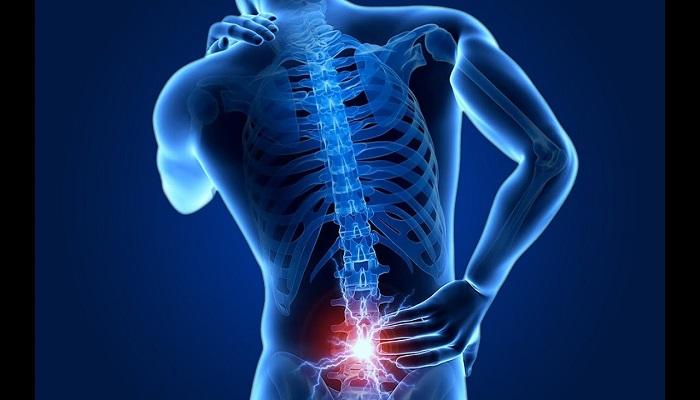
When Does a Patient Need Disc Herniation Surgery?
“Forget the annoying back pain and get ready to live without any interruption with comprehensive treatments for disc herniation provided by Dr. Amr Amal.”
A disc herniation patient may need surgery if the flexible disc between the vertebrae is torn and has slipped outward, causing pressure on the adjacent nerves to the vertebrae, leading to inflammation affecting the patient’s condition, numbness in the leg, and risks up to cauda equina syndrome.
How is Disc Herniation Surgery with Laser Performed?
Laser technology is one of the treatments that doctors have been using recently to improve and treat disc herniation, and it has seen significant advancements lately. It offers numerous benefits to the patient and is performed through simple steps as follows:
The procedure is performed under local anesthesia without the need for other types of anesthesia. The site of injury is precisely determined through interventional radiology. The surgeon inserts a special laser needle into the site of the herniated disc between the vertebrae. The needle works to focus laser fibers and vaporize the torn and protruding part of the disc. The surgery takes a maximum of 20 to 30 minutes. The patient returns to their room and can be discharged from the hospital on the same day of the procedure.
Advantages of Laser Disc Herniation Treatment
Disc herniation surgery with laser offers several advantages for the patient, including:
Limited surgical intervention, reducing the risk of complications. No damage to tissues as the procedure is performed through a thin needle. Reducing the risk of bleeding in the affected area. Avoiding the complications of general anesthesia as seen in traditional surgeries. The procedure can be performed using local anesthesia only. Reducing the risk of post-surgical bacterial infections. Certainly, the cost of the procedure is less than that of open surgeries. Speeding up the patient’s recovery process.
In general, laser disc herniation surgery does not cause any complications for the patient after undergoing the procedure. However, necessary examinations must be conducted to understand the current condition of the disc herniation patient and determine whether this procedure is suitable for them or not.
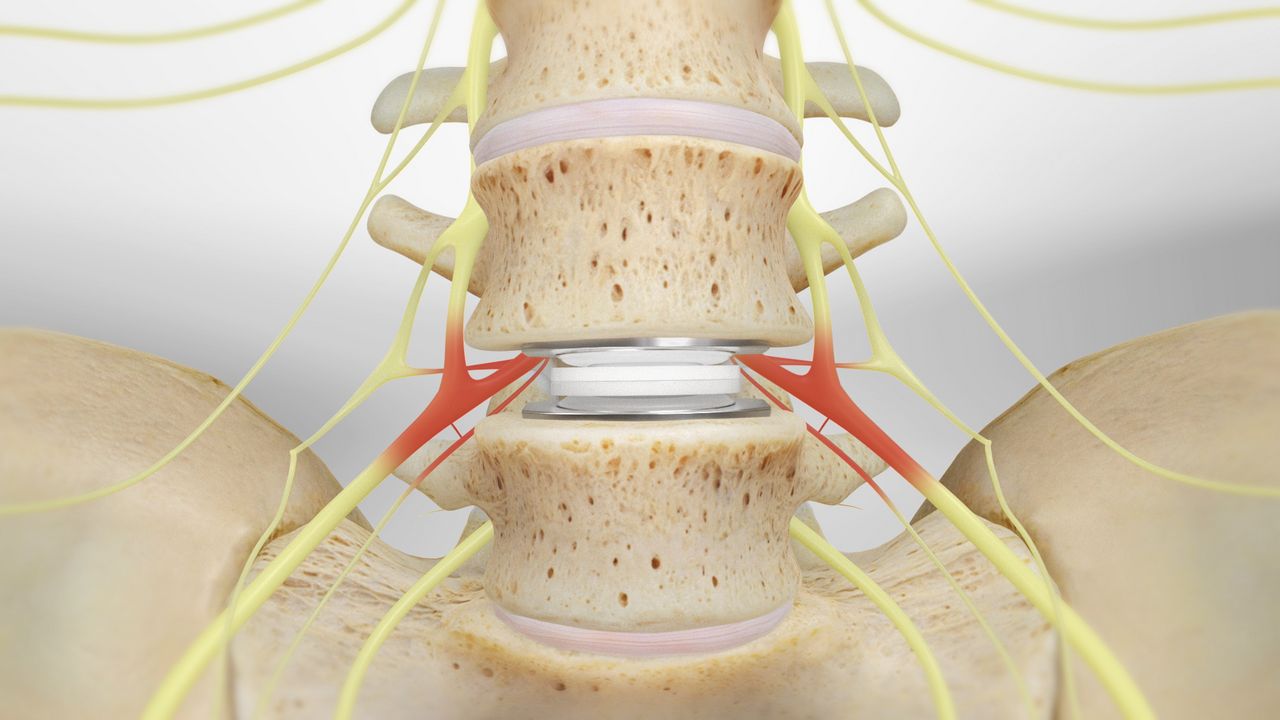
Laser Disc Herniation Surgery Price
The cost of surgical procedures generally depends on several bases, including pre- and post-surgery procedures, the experience level of the doctor performing the surgery, the duration of stay in the hospital, and other factors that can be determined with the medical team following up on your case. The prices of laser disc herniation surgery can range from 30,000 to 70,000 Egyptian pounds.
Discover a bright future for your bone health with Dr. Amr Amal and his outstanding team in laser surgery.
Laser Cervical Disc Herniation Surgery
Disc herniation can occur in any of the spine’s vertebrae, and cervical disc herniation, or herniation in the cervical vertebrae, is a widespread type of disc problem. It mainly affects neck movement and can cause significant discomfort to the patient, especially if the tear increases and the flexible disc moves out of place, beginning to cause nerve inflammation.
Certainly, the patient benefits from laser treatment for cervical disc herniation, as it is one of the modern therapeutic methods that do not cause complications for the patient. One of the most important advantages of laser treatment for cervical disc herniation is that the patient can return to their normal activity after a shorter recovery period than before.
Steps of Laser Disc Herniation Surgery
The laser disc herniation surgery for the affected cervical vertebrae is carried out through the following steps:
- The surgeon starts by administering local anesthesia to the patient.
- A special laser needle is inserted into the affected cervical vertebrae.
- The surgeon works on cauterizing the herniated part of the disc without causing damage to the surrounding nerves.
- The needle is removed, the site is sterilized, and a dressing is applied.
- The procedure takes less than an hour to complete.
- The patient returns home on the same day of the surgery, after ensuring their safety.

Laser Disc Cauterization
Dr. Amr Amal, one of the best orthopedic doctors in Egypt, talks to us about laser disc cauterization. He mentions that it is one of the latest advancements in this field. Laser disc cauterization and vaporization are medical procedures followed by doctors when a disc herniation and tear occur, especially in the back vertebrae. During the procedure, the protruding part of the disc, which has deviated from its original position, causing an impact on the patient’s vertebrae and adjacent nerves, is cauterized.
When Does the Wound Heal After Laparoscopic Surgery?
Laparoscopic surgeries vary based on the type of surgery and the location of the wound. Therefore, the time required for the wound to heal after laparoscopic surgery can vary significantly. However, generally, wound healing can be expected within a period ranging from days to weeks, depending on the size and location of the wound and the patient’s overall health condition.
People who have undergone laparoscopic procedures should follow the treating surgeon’s and healthcare professionals’ guidelines for proper wound care, avoid putting pressure or excessive strain on the wound, and avoid exposure to factors that could hinder the healing process.
If you need more information about a specific surgical condition or when to expect wound healing after a particular laparoscopic procedure, it is always best to talk to your surgeon or healthcare provider. They will be able to provide accurate information based on your personal case. To learn more about the price of laparoscopic surgery, read the following article.
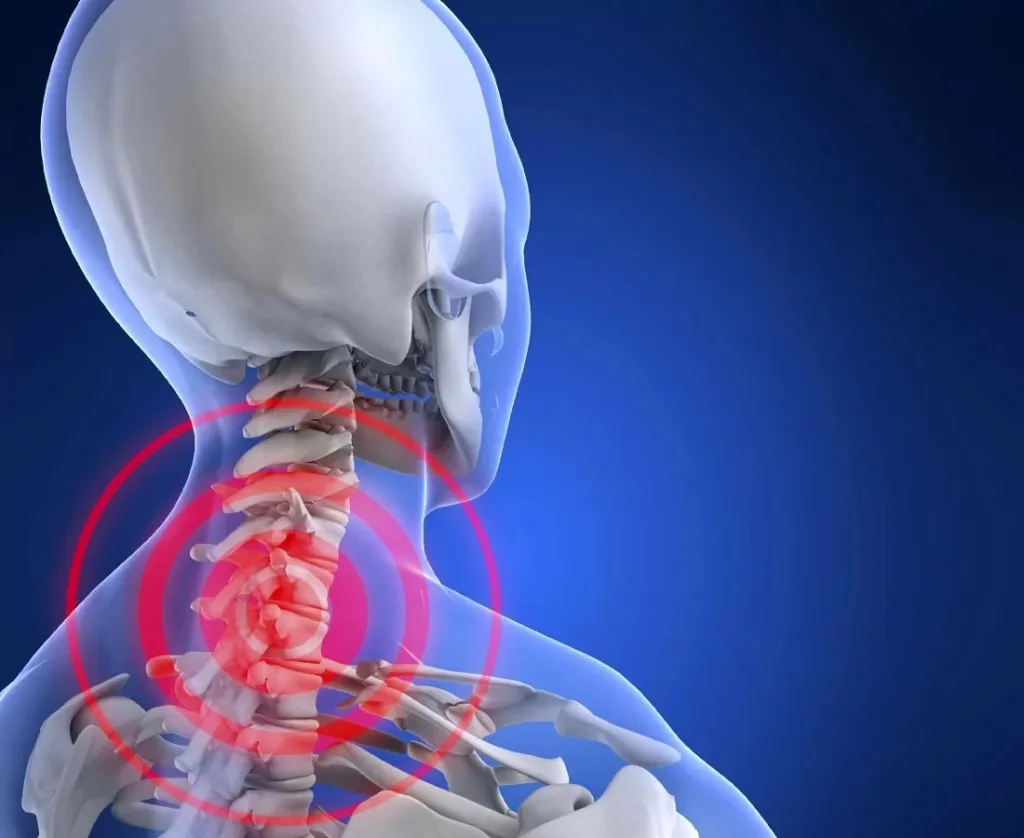
The Difference Between Endoscopic and Microscopic Surgery
Microscopic surgeries and endoscopic surgeries are two types of surgeries that use advanced techniques to access locations inside the body without the need for a large incision. However, there are major differences between them, as follows:
| Endoscopic Surgery | Microscopic Surgery |
|---|---|
| Instrument and Technique Type: Utilizes an endoscope (a type of scope) and a small camera to access the internal body. The image captured by the camera can be displayed on a large screen, hence the surgeon monitors the surgery through the screen and uses small tools through the endoscopic tubes. | Instrument and Technique Type: Uses a surgical microscope (microscope) to view the internal body with high magnification. The surgeon can clearly see small and delicate details through the microscope and perform the surgery using small surgical tools. |
| Usage: Used in a variety of surgeries, including abdominal surgery also known as laparoscopic surgery, joint surgeries such as knee and shoulder surgery, and digestive system surgeries like gallbladder removal. | Usage: Commonly used in surgeries that require high precision and clear vision of delicate structures inside the body, such as eye surgery, vascular surgery, and neurosurgery. |
| Wound Size: Significantly reduces the wound size compared to traditional surgery, but endoscopic surgeries may involve several small incisions to insert the endoscopic tubes. | Wound Size: Allows the surgeon to access precise areas inside the body through a very small incision or through small openings. |
In any case, the choice of the type of surgery depends on the medical condition, the desired goal, the surgeon’s preferences, and the appropriate surgery may be determined based on the treating physician’s evaluation and the patient’s condition.

Arthroscopic Surgery
Arthroscopic surgery is a surgical procedure that uses the technique of arthroscopy to access, repair, or remove cartilage tissue in the body’s joints. This type of surgery is common in the field of joint surgery and includes a variety of procedures, such as:
Knee Surgeries:
- Meniscus Removal: where the damaged parts of the cartilage in the knee joint are removed, and the joint is cleaned from foreign bodies or damaged tissues.
- Correction of Gaps or Tears in the Cartilage: Tears or gaps in the cartilage can be corrected using arthroscopic techniques and repairing the damaged tissues.
Shoulder Surgeries:
- Repairing Cartilage Tears in the Shoulder Joint, such as tears in the labrum.
- Removal of Damaged Parts of the Cartilage or Soft Tissues in the Shoulder Joint.
Wrist Surgeries:
- Correcting Cartilage Problems in the Wrist Joint, such as correcting cartilage tears.
Hip Surgeries:
- Removal of Damaged Cartilage in the Hip Joint.
- Repair of Tears or Gaps in the Hip Cartilage.
Ankle Surgeries:
- Cleaning and Removal of Damaged Tissues in the Ankle Joint.
- Repair of Cartilage Tears or Removal of Damaged Parts.
Arthroscopic surgeries generally reduce damage to surrounding tissues and contribute to a faster recovery and healing period compared to traditional surgery, which requires larger incisions. However, these procedures should be performed by a surgeon specialized and experienced in joint surgeries using arthroscopic techniques. To learn about arthroscopic ACL (Anterior Cruciate Ligament) surgeries, read the following article.
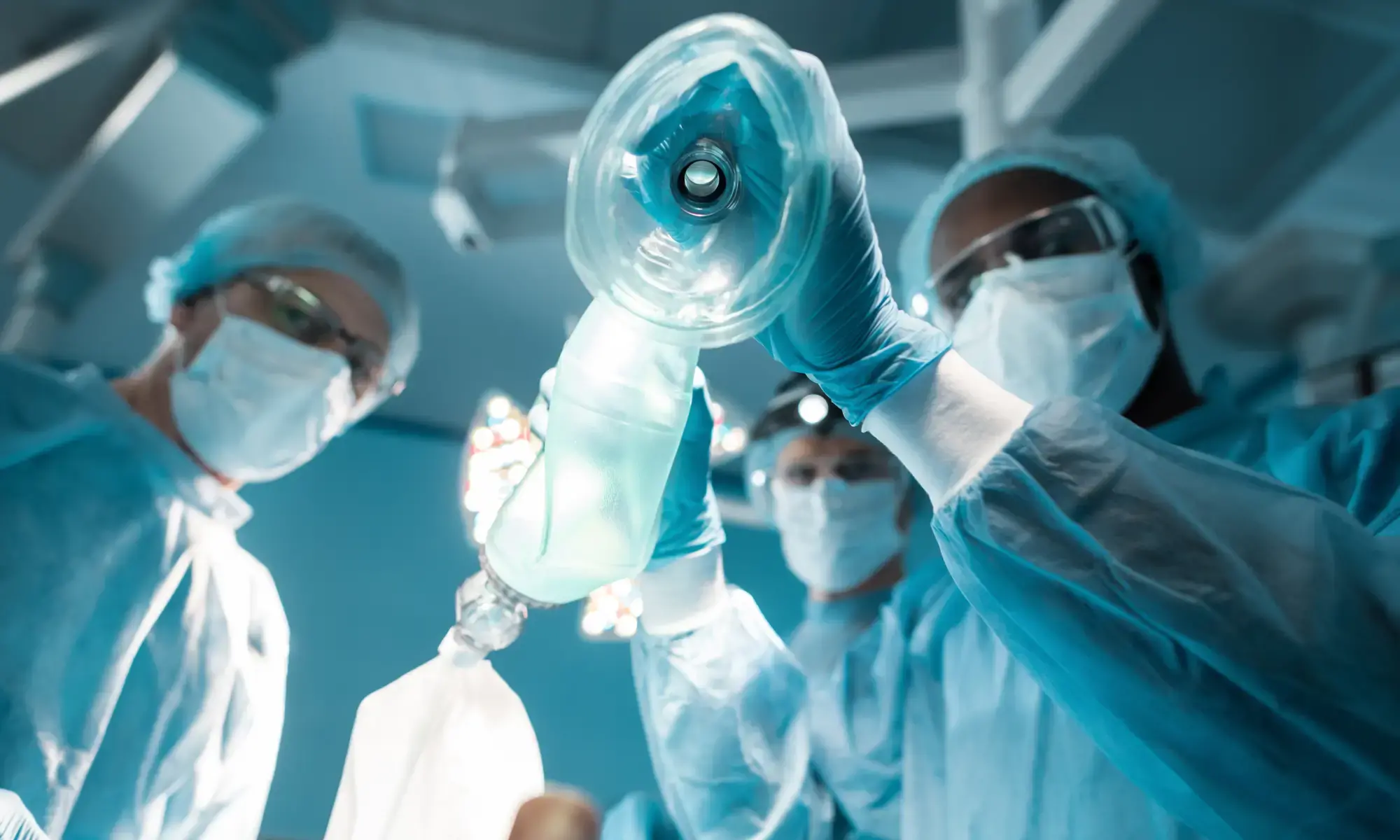
Is Arthroscopic Surgery Dangerous?
In general, arthroscopic surgery itself is not dangerous, but safety and potential risks depend on the type of surgery, its location, the patient’s condition, and other factors. Here are some important points to consider:
Surgical Skill: The surgeon must be experienced and skilled in using arthroscopic techniques, as precision and skill play a significant role in minimizing risks. Patient’s Condition: The danger level of the surgery significantly depends on the patient’s overall health condition and the presence of any health problems such as chronic diseases or allergies. There may be higher risks if there are other health issues. Type of Surgery: Some surgeries using arthroscopy are simple and not dangerous, while others can be more complicated and involve greater risks. Rare Complications: Although arthroscopic surgeries are generally safe, there are some rare complications that can occur, such as severe bleeding, infections at the surgery site, or damage or injury to other internal organs. Post-Surgery Care: It is important to follow the necessary post-surgery care instructions, including rest, wound care, medication, and medical follow-up.
Before undergoing any arthroscopic or other surgical procedure, you should talk to your treating surgeon to understand the potential risks, benefits, and expectations. Remember that the specialized surgeon and medical team will work to provide the best care and follow-up to ensure your safety during and after the surgery.
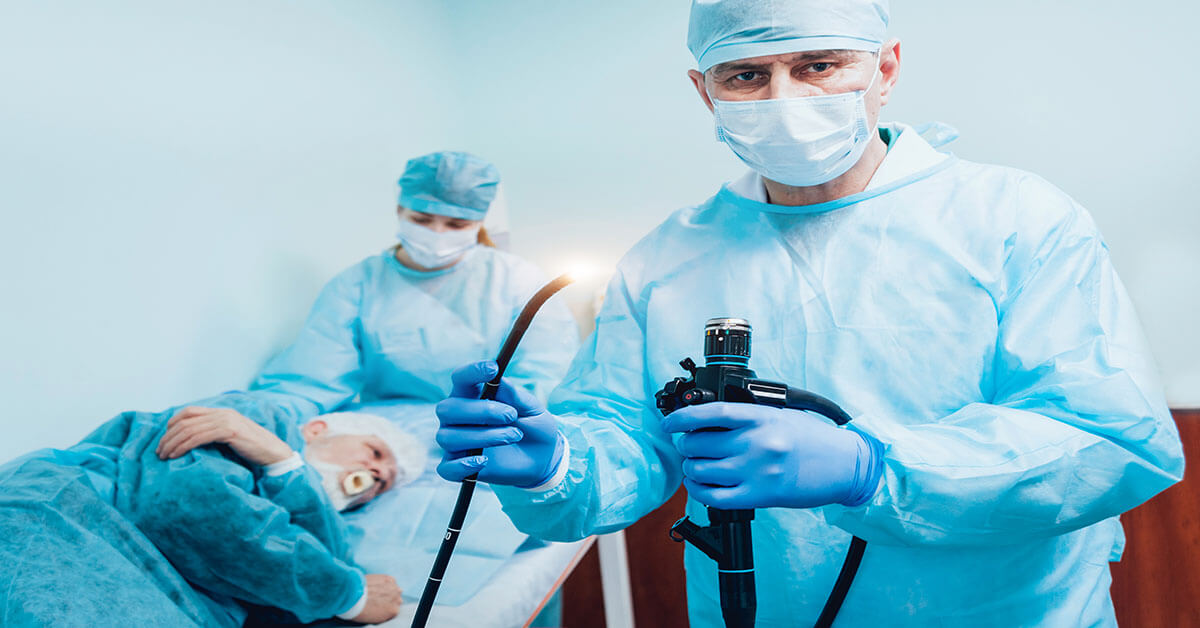
Is the Patient Anesthetized During Laser Surgery?
Yes, the patient is usually anesthetized during laser surgical procedures. However, it is important to know that there are two main types of anesthesia that can be used:
General Anesthesia: In this case, the patient is given medication that causes complete loss of consciousness and insensitivity to pain during the surgical procedure. Breathing and bodily functions are managed by a mechanical ventilator. This type of anesthesia is used in major and complex surgical operations.
Local Anesthesia: In this type of anesthesia, the area surrounding the part to be operated on is numbed using local anesthetic injections. Consequently, the patient remains awake during the procedure and can feel touch and movement, but will not feel any pain. This type of anesthesia is typically used for minor procedures, cosmetic procedures, and superficial surgeries.
Dear reader, be assured that the procedures for anesthetizing the patient depend on the type of surgery, the patient’s condition, and the preferences of the surgeon and medical team. The healthcare team carefully monitors the patient during surgery to ensure their safety and comfort to a very great extent.

